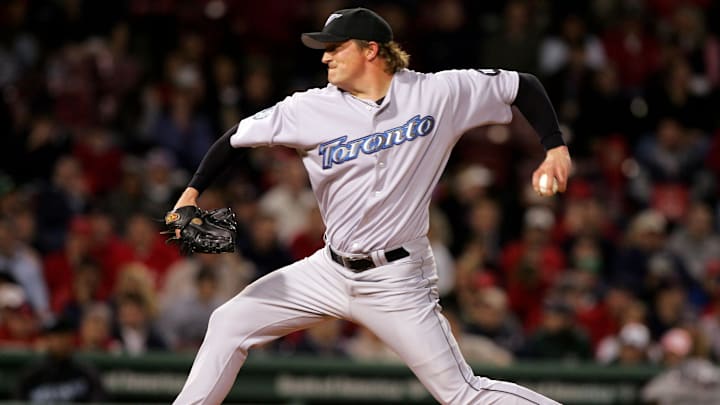9. RHP Matt Shoemaker - two years, $7.7M (2018-2019 offseason)
Shoemaker technically signed just a one-year deal with the Jays heading into the 2019 season, but his full contract wound up becoming much worse thanks to arbitration.
Coming off of a successful but injury-plagued stretch with the Angels, Shoemaker was a highly sought-after starter who had shown in the past that when he’s healthy, he can be a very solid pitcher.
The former AL Rookie of the Year runner up made just five starts for the club in 2019 but they were extremely encouraging ones. Across 28+ innings, he posted a miniscule 1.57 ERA and 29 ERA+, striking out 24 batters and walking just nine.
Shoemaker went down with a torn ACL and spent the remainder of that season on the injured list.
Despite the fact that he was injured, Shoemaker earned a raise through the arbitration process, seeing his salary go from $3.5M to $4.2M in the following season.
When he was finally able to return to a big league mound, the then-33-year-old looked to be a shell of himself. He made six starts this time, posting a 4.71 ERA and ghastly 5.95 FIP in 28+ innings. He surrendered home runs at an alarming rate in what ultimately wound up being the last we saw of him in a Jays uniform.
Shoemaker’s start to his Blue Jays career was filled with so much promise. Once all was said and done, he was paid $7.7M by a club that only saw him take the mound 11 times.
